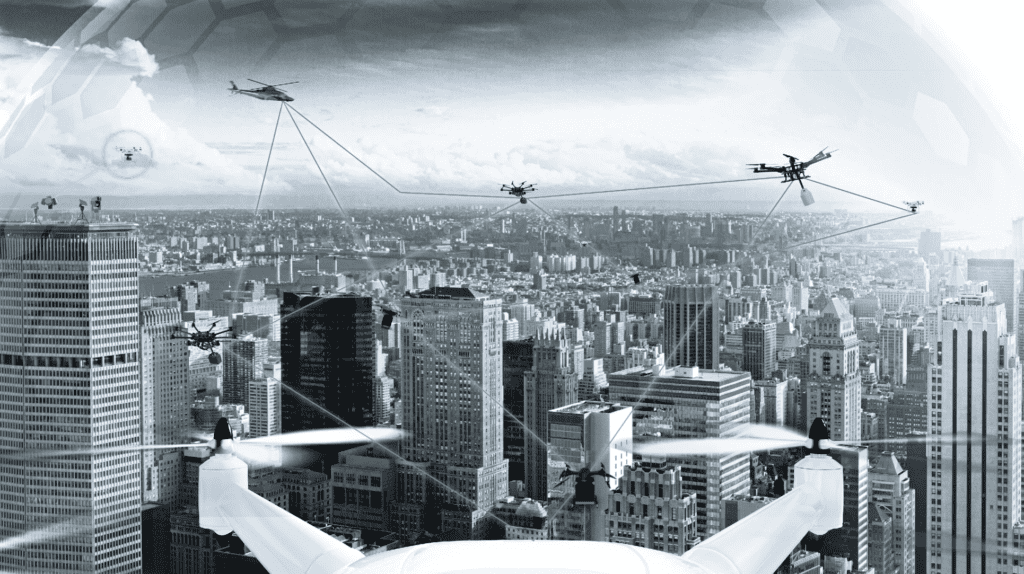
The Port of Rotterdam Authority chose Airwayz to build a U-Space prototype for the port industrial complex. The U-Space services will be set up over the next two years and Airwayz’ UTM system will be configured in a way that is specific to the needs and requirements of the port. (Photo: Airwayz)
The Port of Rotterdam Authority has selected the software provider Airwayz as a partner to prototype an air traffic management system for unmanned aerial systems (UAS). The system will enable drones and helicopters to operate in the same airspace. Drones can be used at the Port of Rotterdam for surveillance, inspections, delivery services, and incident control.
Airwayz is based in Tel Aviv. Its unmanned traffic management (UTM) system for UAS utilizes artificial intelligence to enable the full potential of drone operations. UTM requires a high degree of automation because there is not enough time to account for human decision timelines.
“We have proven technology that can support multiple scalable drone operations in real time,” shared Airwayz CEO, Eyal Zor, in an interview with Avionics International. Zor noted that this may be the first client looking at deploying and scaling up a commercial UTM system.
Airwayz enables efficient drone operations, which means that the operators can conduct enough flights in real time to support their clients or end-users. “We have the technology to connect all the different stakeholders—dozens of drone operators—and enable them to operate simultaneously within the same airspace, without compromising the safety measures that are needed for the port to conduct such operations and manage its own airspace,” Zor explained.
The Port of Rotterdam selected Airwayz for this partnership because of the company’s automated system that can scale up to match increasing drone activity. Not only can drones offer support to the 3,000 companies that operate within the port, but Airwayz demonstrated that such operations could result in a commercial revenue stream.
According to Zor, one of the main challenges is to prove that the model is working successfully. “There are a lot of stakeholders,” he said. “With a UTM, you are responsible for connecting all of the drone operators in the port and making sure they are in compliance with the set of rules that you define with the local regulators and the port itself.”
He added that there is a need to ensure other vehicles operating in the port are connected. There are other stakeholders who want to connect to the system,” he said. “There are eight helicopter fleet operators within the port. They also need to be part of the ecosystem we are deploying.”
Over the next few years, the challenge is going to be making sure that the market is ready to adopt increased commercial drone operations. “I’m quite optimistic,” Zor said, “because when I see different industries like autonomous cars, compared to where we are today in terms of deployment, the market is showing a high level of readiness regarding commercial activity.”
“A lot of companies already do drone deliveries,” he added. “Compared to different industries, the acceptance is already there at an initial level.”
Aviation authorities and ANSPs will play an important role in increasing the market’s acceptance of UTM companies. Their approach will be “making sure the industry is advancing without compromising safety,” Zor remarked, “and ensuring that stakeholders understand their rights to adopt this technology.”
Airwayz initiated a pilot program in Israel last year. The team operated a UTM system within a defined corridor to manage drone fleets from five different UAS companies. The drones used their own UAS service systems for route planning and flying, and these systems communicated with the UTM system operated by Airwayz.